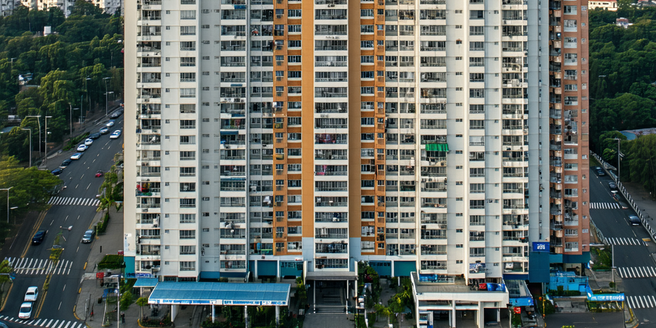Evaluating Public Transport Options Near Apartments

Understanding Public Transport Proximity
When evaluating public transport options near apartments, it’s crucial to assess how accessible these services are to your residence. The closer you live to a bus stop, train station, or metro, the more convenient your commuting experience will be. A close proximity reduces the hassle of long walks and improves the overall quality of daily commutes. However, proximity is not only about physical distance; it’s also about how frequently these services run and whether they align with your schedule. Living near a major hub could offer numerous routes and frequent services, but it might also bring noise and congestion. Therefore, balance is essential, considering both convenience and the tranquility of your living environment. Aligning your needs with the available transport options ensures an efficient and stress-free lifestyle.
Comparing Commuting Times and Costs
Evaluating public transport involves analyzing commuting times and costs. Understanding these factors is essential for making informed decisions. Calculate the average time it takes to reach your destination using various modes of transport. Trains may be faster, but buses could offer direct routes. Cost is another significant factor; frequent commuting can add up, so compare daily, weekly, or monthly pass options to potentially save money. Additionally, consider potential discounts for students, seniors, or regular commuters. Sometimes, spending a little extra on a faster mode might be worthwhile, depending on the time saved. Delays from traffic and peak hours should also factor into your comparison, as they can impact overall efficiency. Ultimately, the best choice balances time, cost, and personal convenience.
Assessing Safety and Accessibility
Public transport evaluation isn’t complete without considering safety and accessibility. Investigate if the transport network is well-lit, monitored by security personnel, and equipped with surveillance cameras for added safety. Accessibility refers to the ease with which passengers, regardless of physical capability, can utilize these services. Confirm if stations and vehicles accommodate wheelchairs, have designated seats for the elderly and pregnant, and provide audio-visual aids for those with sensory impairments. Safety extends to understanding travel routes; opt for well-populated and reputable areas, especially if traveling late. Assess incident reports or reviews from current users to gauge reliability and safety standards. Making sure these factors align with your personal safety expectations and needs is integral to enjoying a stress-free commuting experience.
Exploring Environmental Impact
When considering public transport options, evaluating their environmental impact is essential. Public transport typically boasts a smaller carbon footprint compared to private vehicles. Buses and trains can carry a larger number of passengers, reducing the number of vehicles on the road and consequently emissions. Some cities have introduced electric buses or upgraded to energy-efficient trains, further minimizing environmental harm. While assessing public transport, it’s beneficial to research the emissions policies and commitments of the service providers. Encouraging the use of public systems can positively contribute to reducing overall pollution levels. Additionally, it promotes sustainable urban planning and further investments in greener technology. Making eco-conscious choices by favoring public transport contributes to global environmental efforts and fosters a healthier urban living experience.
Evaluating Convenience for Daily Needs
When choosing public transport options, it’s vital to consider their convenience for daily needs. Public transportation should offer reliable schedules that accommodate morning and evening rush hours to suit your lifestyle. Evaluate how well-connected the transport network is with important destinations such as workplaces, schools, supermarkets, and medical facilities. An ideal transport option minimizes both travel time and the number of transfers required. It’s also worth examining the availability of last-mile connectivity options such as bicycle-sharing schemes, ride-hailing services, or pedestrian-friendly pathways leading to your final destination. These can make the daily commute more manageable. Efficient transport systems should not only be a means of conveyance but an enabler of a comfortable, hassle-free daily rhythm that aligns seamlessly with everyday demands.